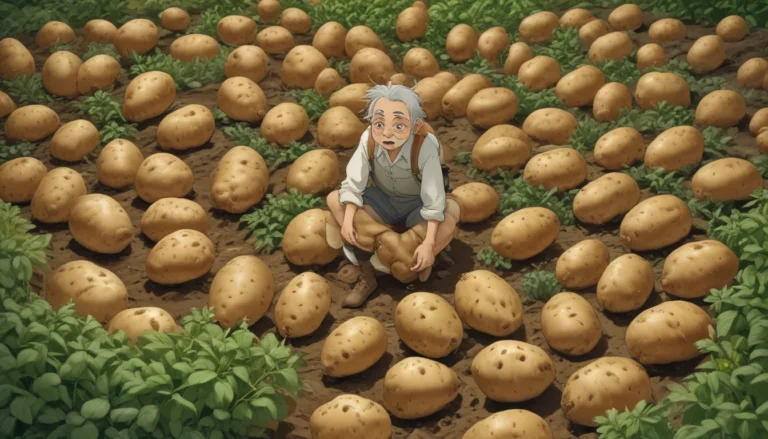How to Plant and Grow Purslane: A Nutritious, Low-Maintenance Green

Have you ever come across purslane in your garden and wondered what to do with it? Often seen as a weed, purslane is actually a nutritious green that is easy to grow and versatile in the kitchen. In fact, it’s considered one of the most nutritious wild edible plants out there. If you’re looking to incorporate purslane into your garden and meals, read on for a comprehensive guide on how to plant and grow this tasty green.
What Is Purslane?
Purslane, scientifically known as Portulaca oleracea, is an annual succulent that has had a tumultuous history – once considered a useless weed and now recognized as a nutritional powerhouse. Besides being known as purslane, it also goes by other names such as little hogweed, pigweed, fatweed, and pusley. This green is packed with antioxidants, vitamins, and minerals, making it a superfood that’s gaining popularity in fine dining and farm-to-table restaurants.
Purslane has a tangy, salty, and citrusy flavor with a peppery kick. You can eat the leaves, stems, flowers, and seeds of this plant, either raw or cooked. The plants blossom from midsummer through early fall, producing small yellow flowers with five petals and yellow stamens.
Cultivation and History
Purslane has naturalized in various parts of the world, originating from north Africa and southern Europe. It has been cultivated in central Europe, Asia, and the Mediterranean area historically. The plant grows readily outdoors and does well in USDA Hardiness Zones 5 to 10. Cultivated purslane typically has larger leaves and a more upright growth habit compared to its wild counterparts.
Propagation
Purslane is usually propagated from seeds, stem cuttings, divisions, or transplants. Seeds can be sown directly outdoors after the last frost, while stem cuttings can create new plants with ease. Transplanting is straightforward, making purslane a simple plant to work with in the garden.
How to Grow
Purslane thrives in full sun and warm temperatures. It does well in average quality soil that’s well-draining, with a pH between 5.5 and 7.5. Watering should be done sparingly to prevent overwatering, as purslane prefers dry, but not parched soil. By following these simple guidelines, you can get a bountiful harvest of this nutritious green.
Growing for Microgreens
Purslane microgreens are tart and juicy, making them a delicious addition to salads and other dishes. You can grow them year-round indoors on a windowsill, ensuring a constant supply of fresh greens. Microgreens are quick to grow and can be harvested as needed, providing a convenient source of this nutritious green.
Harvest and Preservation
Harvesting purslane can be done multiple times a year, with the time of day impacting the flavor of the leaves. Leaves should be harvested before flowering to ensure the best taste. You can store purslane in the refrigerator for up to a week, or dry the leaves to use in soups or desserts. Dried purslane acts as a thickening agent and adds flavor to dishes.
Nutrition, Recipes, and Medicinal Uses
Purslane is rich in omega-3 fatty acids, vitamins, and minerals, making it a nutritious addition to your diet. It can be used in a variety of dishes, from salads to soups to stuffed fish. Purslane has also been used for its medicinal properties, such as helping with uterine bleeding, asthma, and wound healing. It can be applied topically in the form of a salve to soothe skin irritations.
In conclusion, growing purslane is a simple and rewarding experience. Its nutritional value, ease of cultivation, and versatility in the kitchen make it a valuable addition to any garden. If you come across this “weed” in your yard, consider harvesting it and incorporating it into your meals for a delicious and healthy boost.
Remember to share your favorite methods for preparing purslane in the comments below. Let’s continue to explore the many uses and benefits of this amazing plant together!
By following these simple guidelines, you can successfully grow purslane in your garden. Give it a try and enjoy the nutritional and culinary benefits of this versatile green. If you have any questions or tips for growing purslane, feel free to share them in the comments below. Happy gardening!





